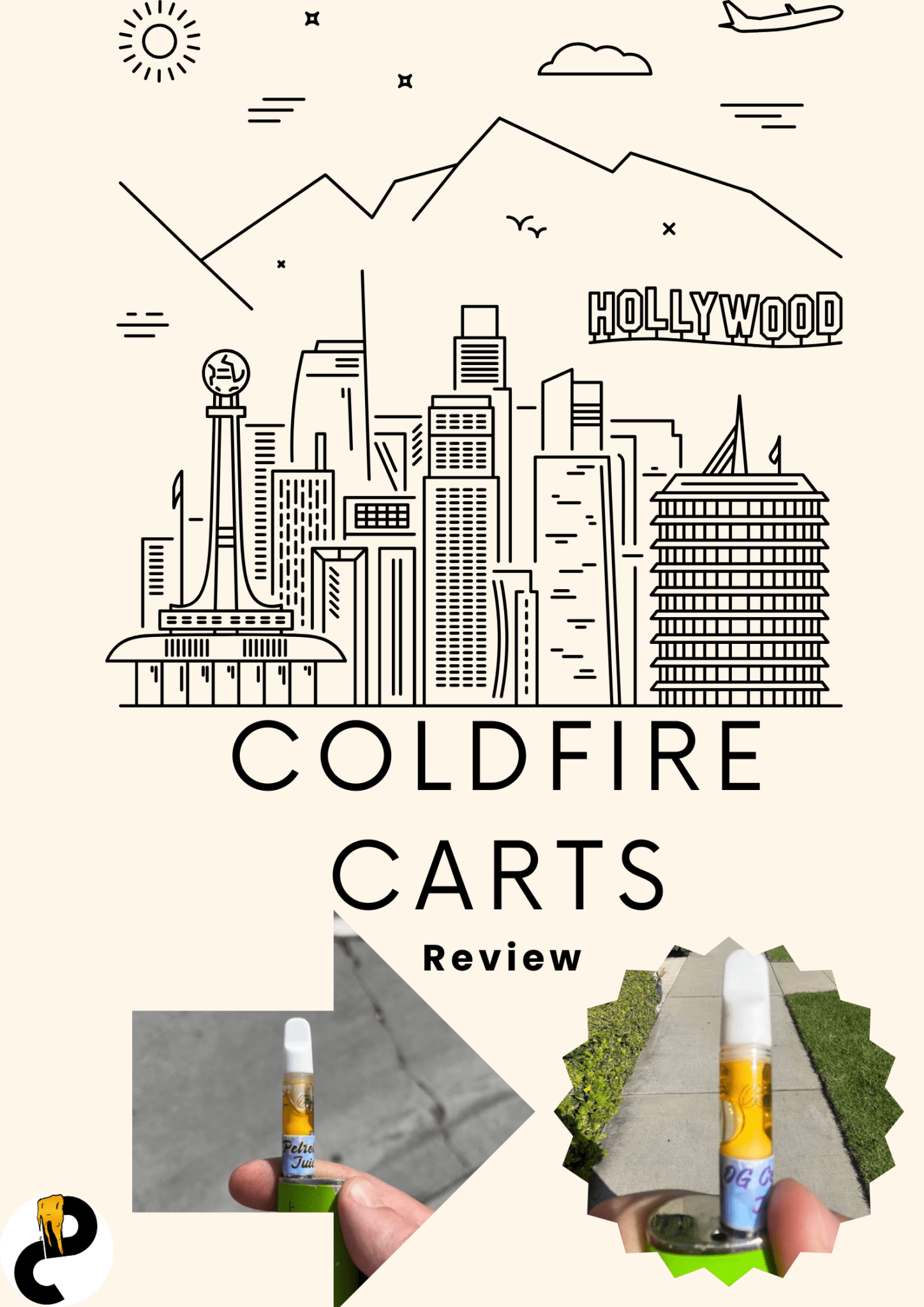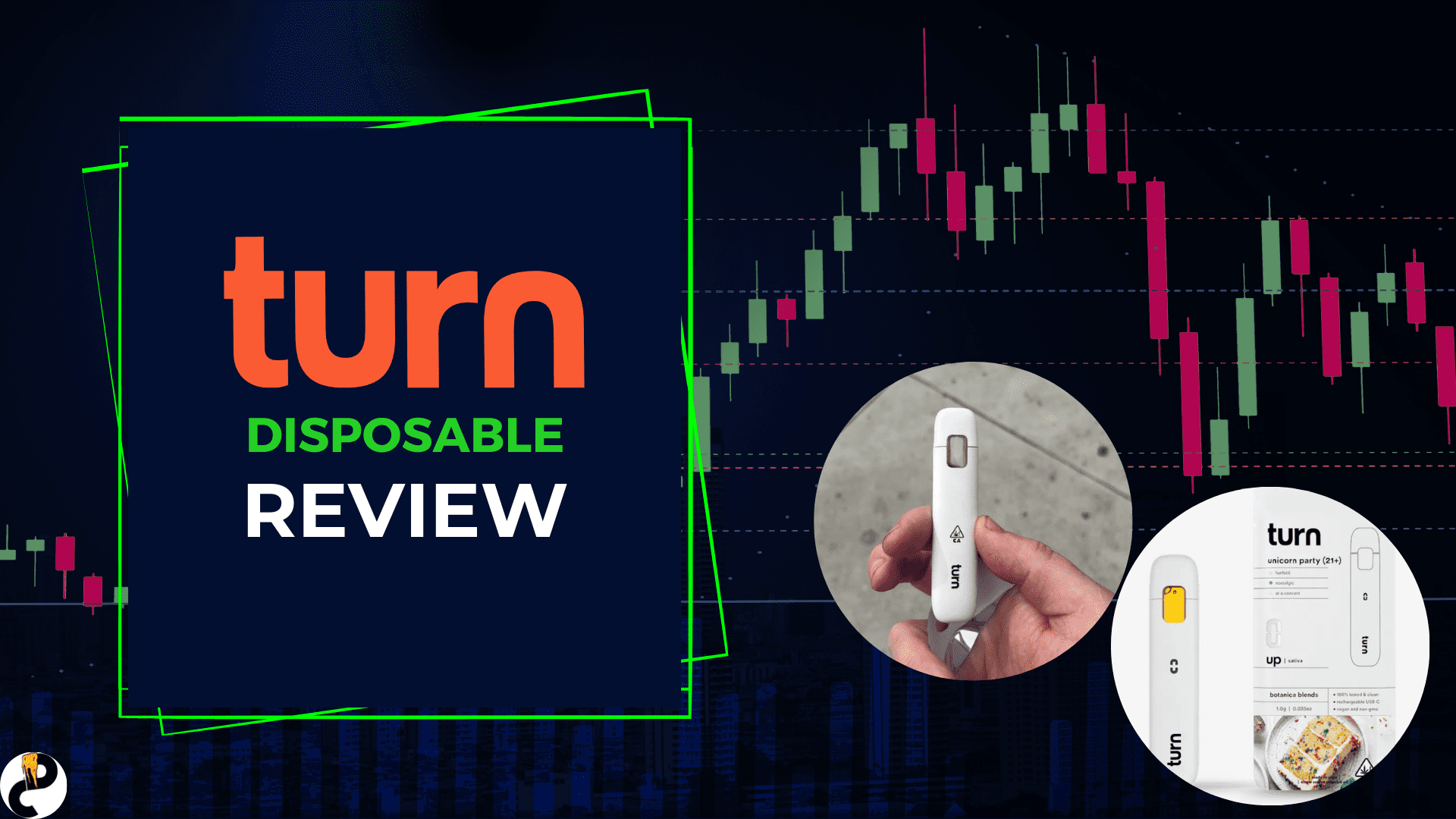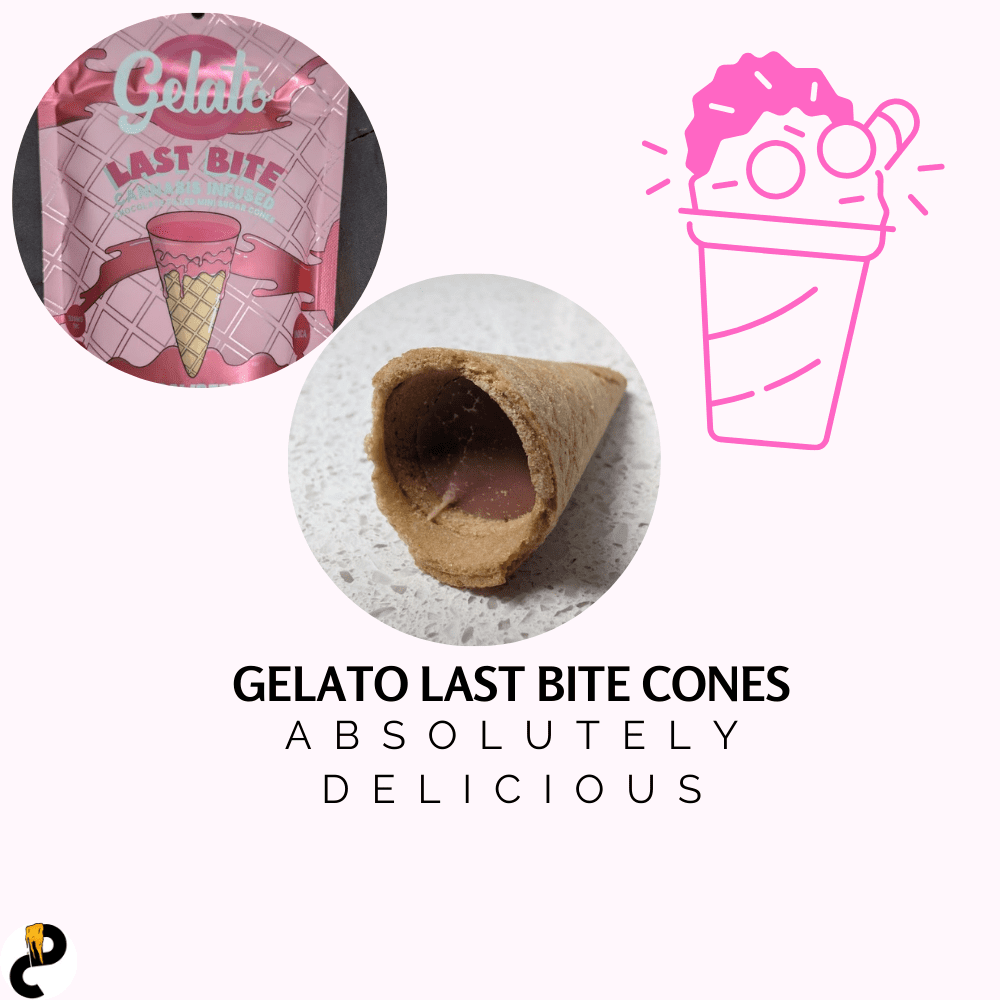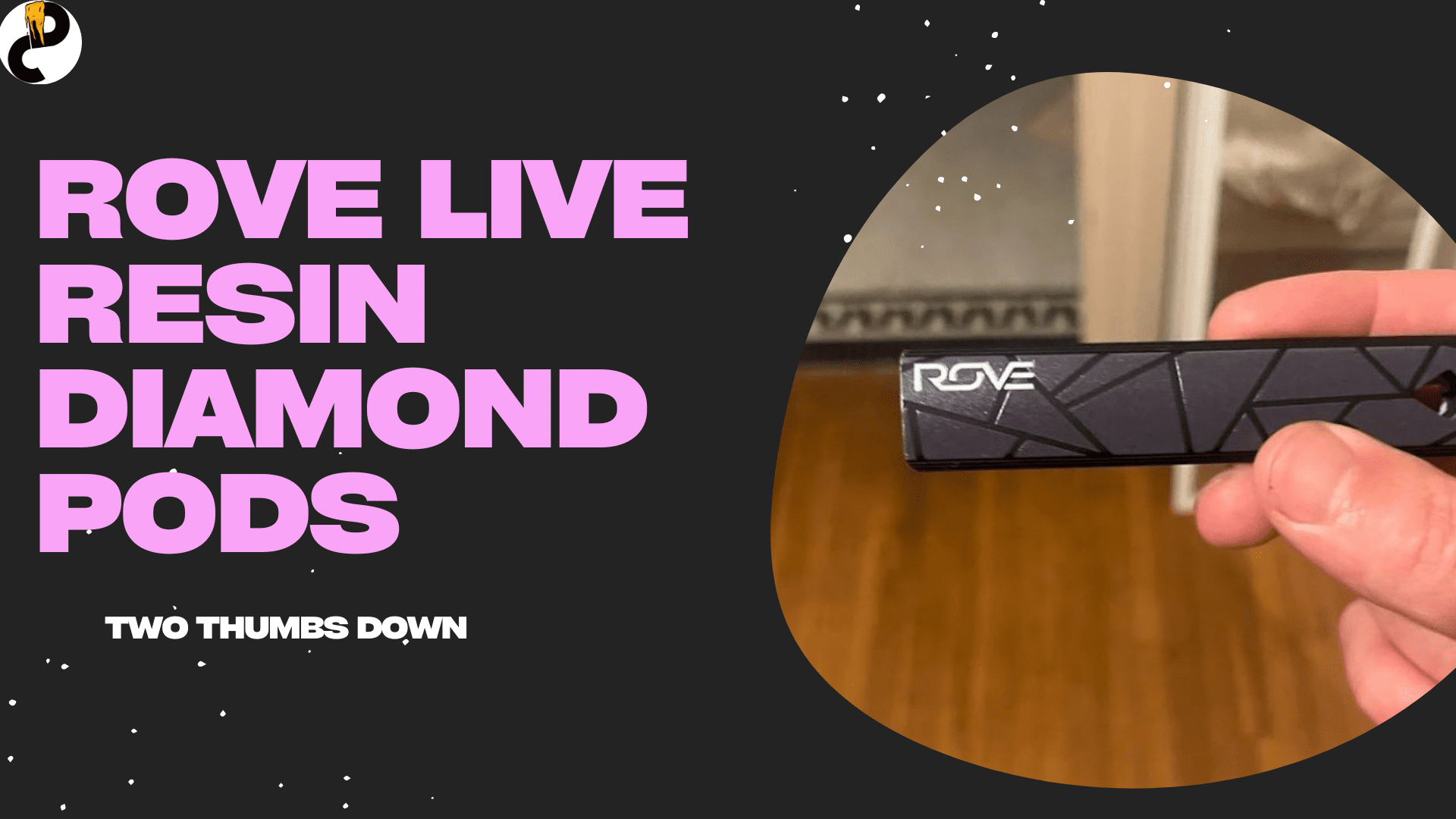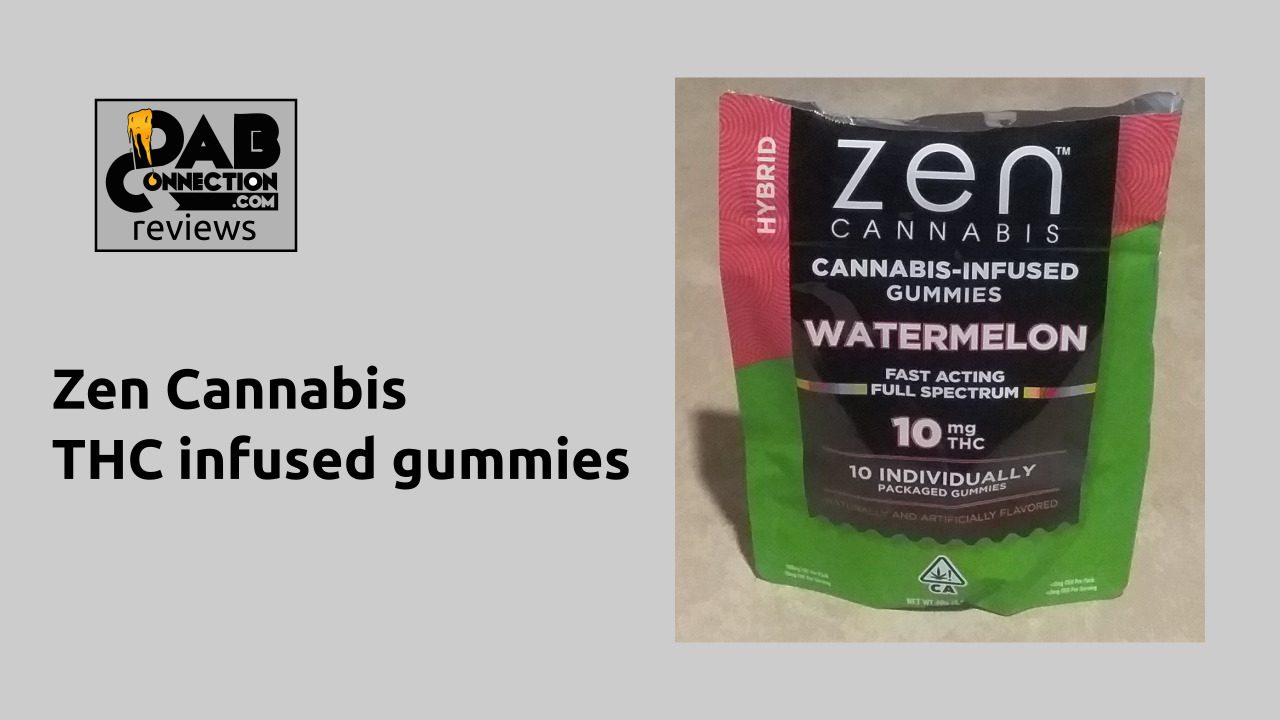California BCC Now Requires QR Code License Display At Dispensaries
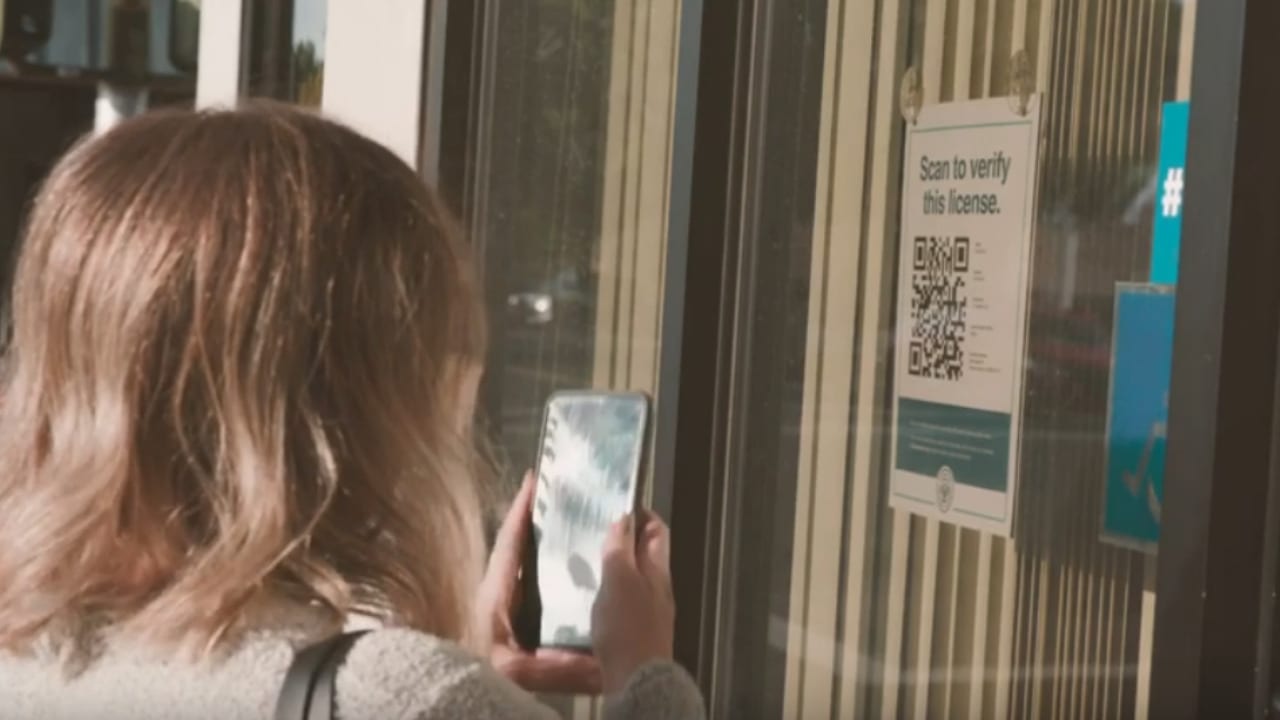
To help curtail the spread of unregulated cannabis dispensaries in California – the number one state in the nation for this problem – the California Bureau of Cannabis Control (BCC) has been requiring all cannabis dispensaries in the state to display a QR code at the dispensary entrance. This QR code can be scanned on a phone and links to that dispensary’s licensing info.
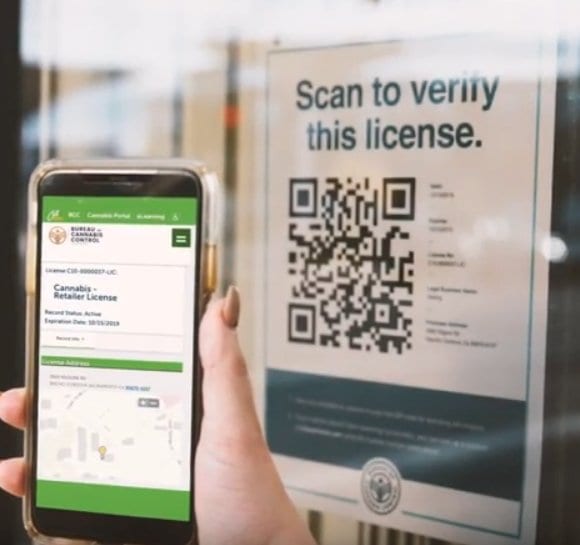
Details of the BCC’s QR code specs
The dispensary is required to display a BCC sheet with a scannable QR code in the front window. In the BCC’s announcement, they state that this is done to make it more convenient for consumers to verify a cannabis retailer’s legal status. BCC bureau chief Lori Ajax states, “We also want to provide consumers with the best information possible so they can determine which licensed California cannabis retailers carry products that are tracked, tested, and legal.”
They have a handy video on the process right here:
And yes, the BCC has a YouTube channel. How hip is that?
Other BCC regulations on cannabis lab testing – Look for the COA!
As we have been lamenting recently, fake and unregulated cartridge brands have taken to plastering “QA” or “R&D” lab test results all over their the Internet. These are supposed to assure consumers that a product passes safety tests, but in fact, a QA or R&D result isn’t worth the paper it’s printed on. What you want to see for a cannabis product is a COA (Certificate of Analysis).
Here are the BCC’s standards for COA testing and reporting. Note one quote from that factsheet:
> “The bureau’s regulations do not permit the reporting of any results prior to the completion of analysis, nor prior to the release of the regulatory compliance COA.”
This indicates that nothing but a COA is to be shown to the consumer. Quality Assurance / Research and Development testing is done by the laboratory as a courtesy service. Those sheets are not supposed to be for public display.
Here is the BCC’s code on COAs in detail:
Title 16. Professional and Vocational Regulations
– Division 42. Bureau of Cannabis Control
— Chapter 6. Testing Laboratories
— Article 5. Laboratory Testing and Reporting
—- § 5726. Certificate of Analysis (COA)(e) The COA shall contain, at minimum, the following information:
-
The term “Regulatory Compliance Testing” in font no smaller than 14-point, which shall appear in the upper-right corner of each page of the COA. No text or images shall appear above the term “Regulatory Compliance Testing” on any page of the COA.
That is what you need to be looking for on any cannabis product’s lab results. Here is just where it displays on a lab test results page, in the upper right corner:
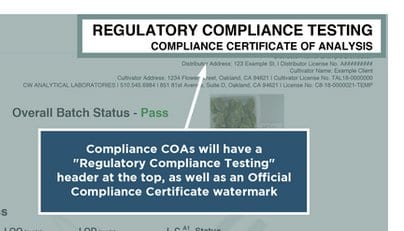
As your humble author recently pointed out in our forums, there is a truckload of difference between R&D testing and a Regulatory Compliance Testing COA. They aren’t even the same animal. A Regulatory Compliance Testing COA is like having a driver’s license, vehicle registration, and proof of insurance. An R&D or QA is like having a photo of the driver on a tricycle when they were a toddler, showing that they did not break any traffic laws in that particular photo.
There is still misconception out there about the relative safety of unlicensed products
Within cannabis culture, a lot of consumers just want to not worry. They’ll justify buying unregulated vape cartridges saying “I trust my plug.” We understand, we all want to trust our homies! We did not found Dab Connection to condemn people. But the health crisis hit, people are dying, and this is a serious matter now.
Alex Traverso, chief of communications at the California Bureau of Cannabis Control, has stated recently that in a raid on unlicensed Los Angeles cannabis dispensaries, the unregulated THC carts were tested and 75% were cut with undisclosed additives, including vitamin E, vitamin E acetate, propylene glycol, polyethylene glycol and medium chain triglycerides.
For the math-impaired, let’s amplify that: 75% of illicit vape carts cut with a proven deadly substance is a 3-out-of-4 chance. Your chances of a clean cart are 1 out of 4. Russian Roulette literally has better odds than that. And remember, those weren’t from individual plugs on the street. Those were from cannabis shops doing business at a storefront.
The BCC indicates that their new QR code requirement was prompted by the results found from the Los Angeles raid.
California stoners: Seen the QR codes yet?
Feel free to share your experiences under the BCC’s new policy here in the comments or in our forums.


